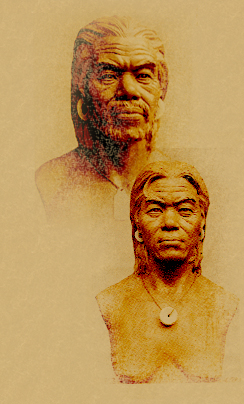
The archaeological excavation at Tung Wan Tsai North, Ma Wan, Hong Kong, which was jointly conducted by the Antiquities and Monuments Office and the Institute of Archaeology of the Chinese Academy of Social Sciences in 1997, was added to the list of China’s “100 Major Archaeological Discoveries in the Last 100 Years” in October 2021, taking its place alongside finds such as the Peking Man Site at Zhoukoudian, the Mausoleum of the First Qin Emperor and the wreck of the Nanhai One merchant ship.
The State Administration of Cultural Heritage commissioned the China Cultural Relics News Office to appoint experts to select 10 major archaeological discoveries in China from the 479 archaeological excavations that were conducted in 1997, and they included the site at Tung Wan Tsai North in their list of the “Ten Most Significant New Archaeological Discoveries in China in 1997”. In 2001, the site was again selected by the Chinese Academy of Social Sciences as one of “China’s 100 Major Archaeological Discoveries in the 20th Century”, making it the only archaeological find in Hong Kong to be included on three lists of important discoveries.
The excavation at Tung Wan Tsai North was carried out between June and November 1997, and the archaeological team discovered 20 graves together with evidence of human habitation at the site. The rich cultural relics from the Pearl River Delta dating from the Middle and Late Neolithic to the early Bronze Age that were unearthed provide valuable information for the study of the culture of Hong Kong and the Lingnan area during the pre-historical period.
The 20 graves dating from the Late Neolithic to the early Bronze Age (c. 2000–1000 BC) were found in a sandbar and appeared to have been laid out in a specific order. Remains of men, women and children were discovered in 15 of the graves together with funerary goods comprising pottery and stone artefacts. The pottery mainly included pots and jars, while among the stone artefacts were axes, adzes, arrowheads, spearheads, whetstones, slotted rings, rings, bracelets and tube ornaments. Jade and shell decorations were also found.
The unearthing of the well-preserved skeletal remains of these ancient inhabitants is one of the most important discoveries to have been made at Tung Wan Tsai North and is significant not only for Hong Kong but for the whole of the Pearl River Delta. The initial examinations by physical anthropologists revealed that the remains bore the general characteristics of both the Asian Mongoloid population and other races common in tropical areas. The discovery is crucial for understanding the relationship between Neolithic settlers and local inhabitants of the region, particularly in terms of the racial history of its indigenous people.
Burial C7 of Late Neolithic contained a female skeleton of age over 40 and burial items including stone slotted rings, fishbone ornaments and pottery cauldrons.
This coarse pottery cauldron with lozenge pattern was discovered from Burial C7. It was placed to the left of the skull.